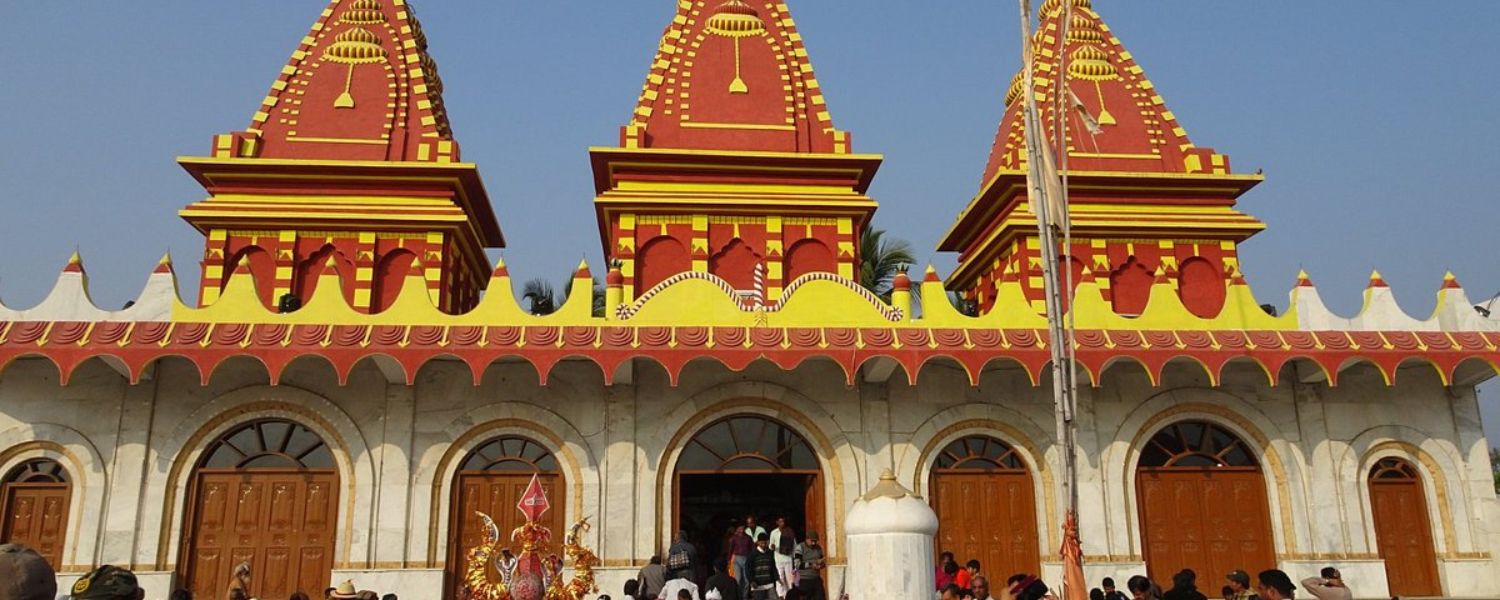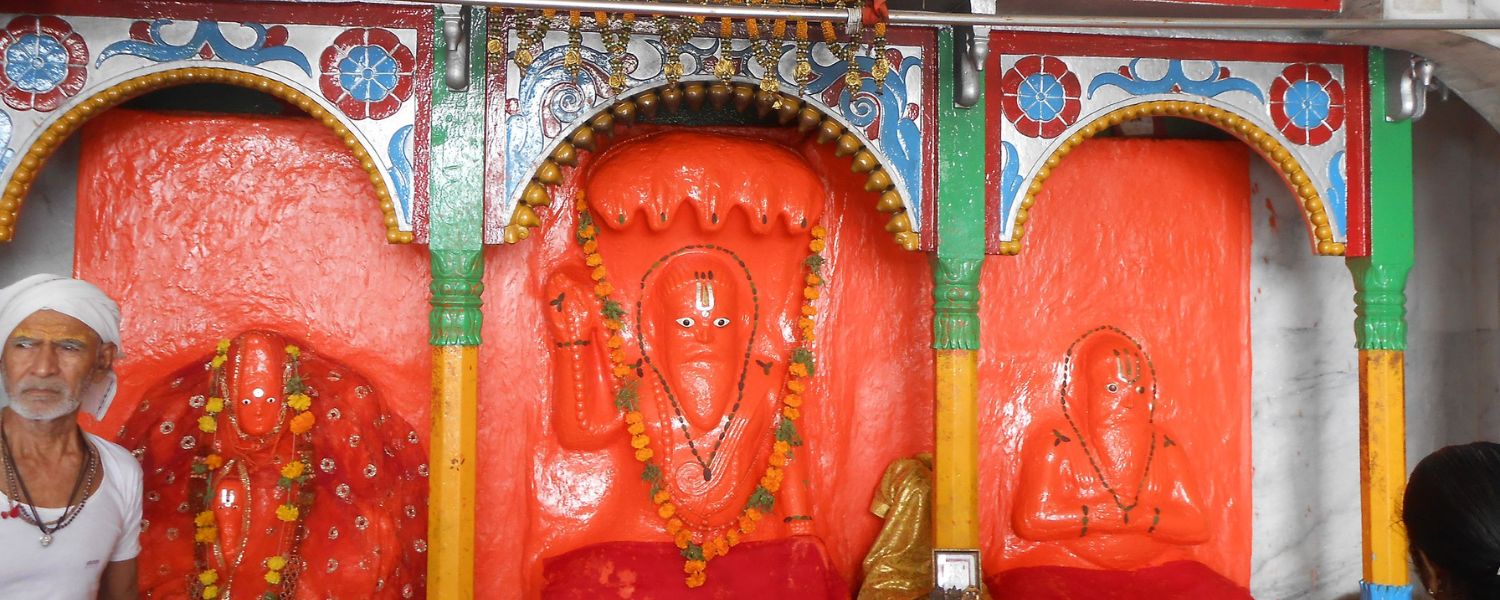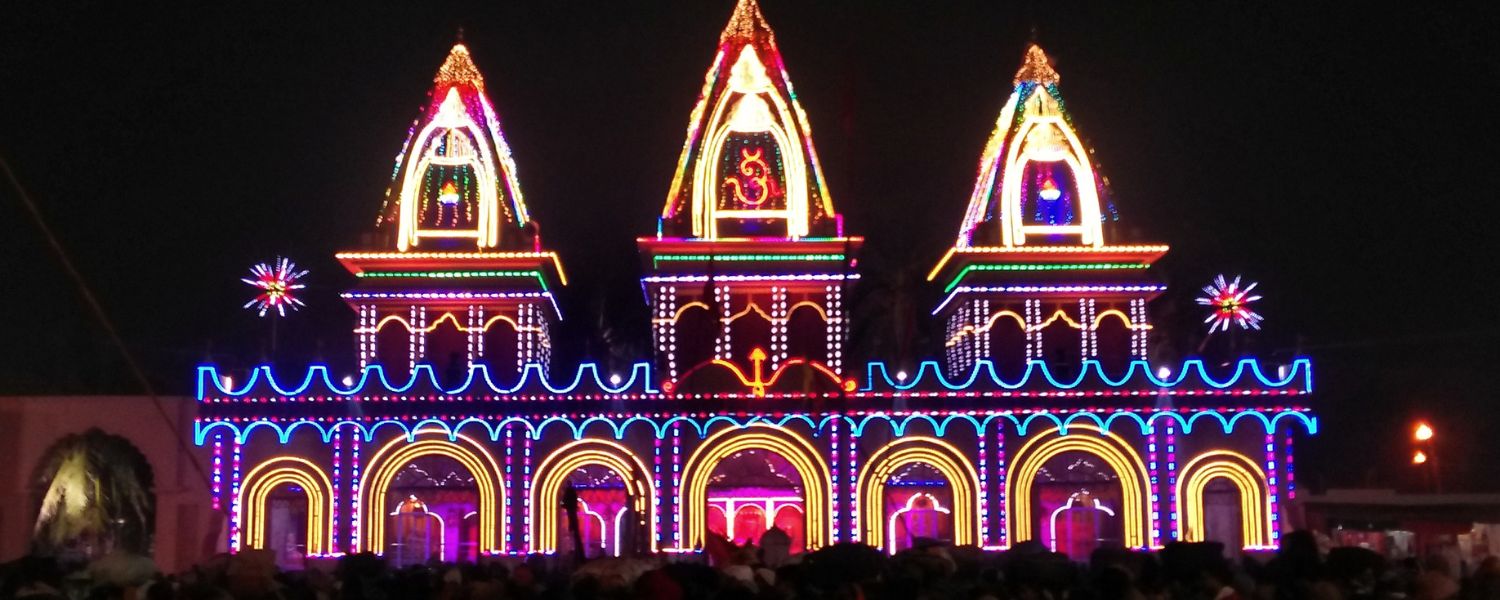Welcome to the serene abode of spirituality, the Kapil Muni Ashram, nestled along the tranquil shores of Ganga Sagar, West Bengal, India.
Further, steeped in ancient legend and adorned with the devotion of countless pilgrims, this sacred sanctuary has stood as a beacon of divine reverence since its inception in 430 AD.
Initially crafted by the hands of Queen Satyabhama, the Kapil Muni Temple has evolved through the ages, from its humble bamboo beginnings to the sturdy brick structure that graces the landscape today.
Here, amidst the sacred river’s gentle whispers and the surrounding flora’s rustle, lies the very spot where the revered sage Kapil Muni is said to have embarked on his profound spiritual journey of Tapas.
Join us as we explore the rich tapestry of Kapil Muni Ashram’s history, faith, and tranquility that defines the essence of the Kapil Muni Ashram.
1. History

However, amidst the serene landscapes of ancient India, the illustrious history of Kapil Muni Ashram unfolds like a mesmerizing tale of devotion and architectural marvels.
Dating back to 430 AD, the saga commences with Queen Satyabhama’s noble endeavor, birthing the first iteration of the revered “Kapil Muni Temple.”
Furthermore, through epochs, the temple endured transient manifestations, including a temporary bamboo structure, succumbing to the ravages of time in the late 1950s or early 1960s.
However, resilience and reverence intertwined, paving the path for a grand reincarnation. In 1961, a magnificent brick-built edifice, standing testament to timeless faith, was constructed at Rs 20,000.
Adorned with a roof of asbestos, the temple radiated with the essence of devotion, echoing the sacred verses of the Bhagavat Purana.
According to this holy scripture, Kapil Muni ashram history in Bengali, Maharishi Kapil Muni, the progeny of Sage Kardama and Devahuti, graced the earthly realm, inspiring generations to seek solace in his divine presence.
Thus, the Kapil Muni Ashram continues to be a sanctum of spiritual transcendence, where the Kapil Muni story converges with devotion, echoing through the corridors of time and visiting West Bengal famous monuments.
2. Ancient temples

According to tales passed down through generations, the genesis of this sacred sanctuary dates back to 430 AD, attributed to the benevolent initiative of Queen Satyabhama.
Initially fashioned from bamboo, symbolizing resilience and impermanence, the temple stood as a testament to devotion until its demise in the late 1950s or early 1960s.
Additionally, from its humble bamboo origins, a transformative phase ensued, marked by the dawn of a new era in temple architecture.
In 1961, the first brick-built iteration of the temple emerged, a beacon of faith adorned with an asbestos roof, embodying progress and durability.
Notably, the esteemed former Chief Minister Bidhan Chandra Roy, recognizing the sanctity of this hallowed ground, contributed significantly to its reconstruction.
Facilitated by the expertise of “S Chakraborty & Co.”, the temple underwent a metamorphosis, albeit in a more diminutive form than its grandeur. Today, Kapil muni Ashram stands as a testament to timeless devotion and the enduring legacy of spiritual heritage.
3. New temple: 1974–present

Since its construction in 1974, the new temple has stood as a beacon of spiritual solace on the banks of the Ganges River and the Bay of Bengal.
Nestled amidst the serene beauty of nature, the temple offers devotees a tranquil retreat to connect with their faith. However, the proximity to the confluence of sea and river brings occasional challenges.
During high tide or cyclonic storms, the temple and its premises bear the brunt of nature’s force. Such was the case during the turbulent times of late May 2021 when Tropical Cyclone Yaas wreaked havoc in the Bay of Bengal.
The fierce winds and surging tides breached the sanctity of Kapil Muni’s Ashram and temple, leaving a trail of temporary disruption in its wake.
Nevertheless, amidst the ebb and flow of nature’s fury, the spirit of devotion remains unwavering, drawing devotees back to the sacred sanctuary of the Kapil Muni Ashram.
Conclusion
In conclusion, Kapil Muni Ashram is an enduring testament to the intertwining realms of history, faith, and resilience.
From its humble origins in 430 AD, marked by Queen Satyabhama’s devout initiative, to its present-day grandeur, the ashram has been a beacon of spiritual enlightenment for millennia.
Despite facing the challenges of time and nature’s occasional fury, including the recent tumultuous episode of Tropical Cyclone Yaas, the essence of devotion remains unshaken within its sacred precincts.
Kapil Muni Ashram preserves the ancient legacy of the revered sage Kapil Muni and offers a serene retreat for devotees seeking solace and connection with their faith.
As the gentle whispers of the Ganges River caress its shores and the tranquil beauty of Ganga Sagar Kapil Muni Ashram envelops its surroundings, the ashram beckons pilgrims from far and wide to partake in its timeless aura of tranquility and spiritual rejuvenation.
FAQ
Q. What is the history of Kapil Muni Ashram?
A. Kapil Muni Ashram traces its roots back to 430 AD when Queen Satyabhama erected the first Kapil Muni Temple. Over time, it evolved from a bamboo structure to a brick-built temple in 1961, costing Rs 20,000.
Q. What is the significance of Kapil Muni?
A. Kapil Muni, a Vedic sage believed to have lived in the 7th century BCE, authored the influential Samkhya-sutra, expounding the dualistic philosophy of Samkhya.
Q. What is Gangasagar famous for?
A. Gangasagar is renowned for its scenic beauty and spiritual significance. It hosts the revered Gangasagar Mela, a monumental pilgrimage event.
Q. Who is the father of Kapil Muni?
A. Kapil Muni’s father was Kardam Rishi, and his mother, Devahuti, gave birth to him, desiring a son like Vishnu. Thus, Kapil Muni is the progenitor of Sankhya Darshan.










